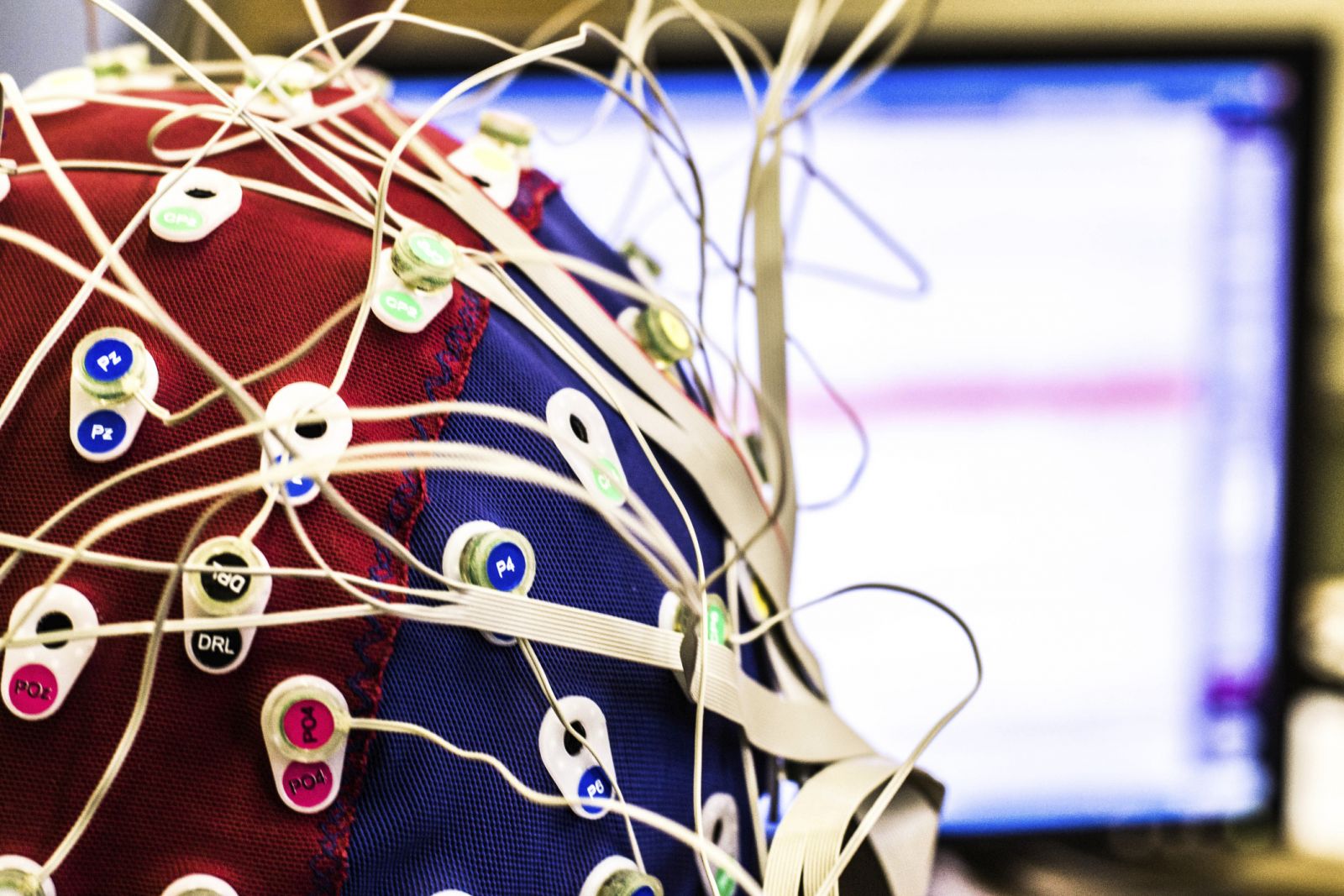Chronic pain is a condition that impacts countless of people around the world. It can be caused by various elements, including traumas, illnesses, or even stress. For many patients, managing chronic pain can be a constant challenge that affects their standard of life. Traditional treatments often include medications, physiotherapeutic therapy, and sometimes surgery. However, these approaches do not always offer the relief that patients desire. Recently, biofeedback has surfaced as a potential alternative for managing chronic pain and improving overall well-being.
Biofeedback is a method that teaches individuals how to control specific bodily processes by using indicators from their own bodies. This method involves using sensors that track physiological functions such as heart rate, muscle tension, and skin temperature. By offering real-time feedback, individuals can learn to identify their body's responses to pain and stress. This awareness allows them to formulate strategies to manage their pain more effectively. For instance, if a person observes that their muscle tension rises when they are in pain, they can practice relaxation strategies to help reduce that tension.

One of the key benefits of biofeedback is that it empowers individuals to take an proactive role in their pain control. Instead of depending solely on medications or treatments from medical providers, individuals can learn to understand and control their own bodies. This sense of control can lead to increased confidence and a more positive outlook on life. Many patients report feeling more in control of their pain and less like victims of their syndrome. This change in mindset can substantially enhance their quality of life.
Studies has shown that biofeedback can be effective in reducing chronic pain symptoms. Research suggest that individuals who employ biofeedback methods often undergo less pain and better physical function. Additionally, biofeedback can help lessen anxiety and stress, which are frequent concerns for those living with chronic pain. By addressing both the physical and emotional aspects of pain, biofeedback offers a holistic approach to pain control. This integrated method can lead to superior outcomes for individuals, allowing them to participate more completely in their routine activities.
In summary, biofeedback is a valuable tool for transforming chronic pain control. By educating patients to understand and control their physiological responses, biofeedback empowers individuals to take control of their pain. This method not only helps alleviate pain but also improves overall quality of life. As more people look for alternatives to conventional pain management methods, biofeedback emerges as a promising option. With continued research and recognition, biofeedback could turn into an integral part of chronic pain therapy, helping individuals lead healthier, more fulfilling neurofeedback for social skills lives.
Comments on “Utilizing the Potential of Bio Feedback to Transform Chronic Discomfort Control and Enhance Quality of Living”